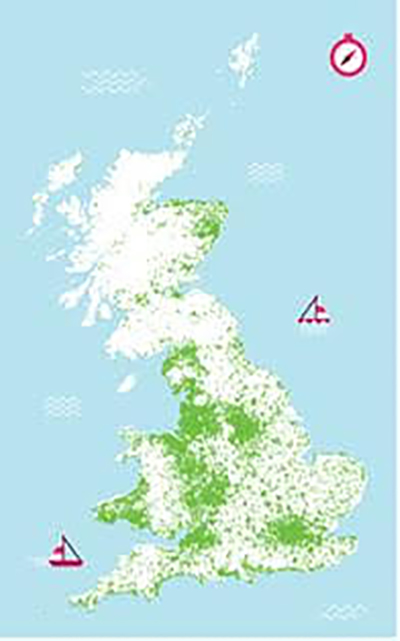Recent demographic analysis highlights the fact that the new Local Government Pension Scheme 50/50 option – where members pay half of contributions in return for half of the benefits – has not yet captured imaginations.
The study analysed just over a million active and pensioner members of the LGPS with a wide cross-section of funds (see map), to research changes in the membership profile including deaths, ill-health retirements and the take-up rate of the new 50/50 option, and it’s the latter that arguably produced the most surprising result.
 For good reason it is often said that there are ‘lies, damn lies and statistics’, on the basis that figures can be skewed or moulded to suit the interests of the user. While this is indeed true, statistics cannot be manipulated to dress up a dead duck.
For good reason it is often said that there are ‘lies, damn lies and statistics’, on the basis that figures can be skewed or moulded to suit the interests of the user. While this is indeed true, statistics cannot be manipulated to dress up a dead duck.
It may be a bit early to classify the new all-singing, all-dancing LGPS 50/50 alongside the other many deceased pension waterfowl. However, our latest figures suggest that work is needed if the option is to deliver the much heralded cost savings needed.
On the introduction of the 50/50 scheme, the industry, including the Government Actuary’s Department, envisaged take-up rates of about 10 per cent when ‘banking’ any cost savings from this new option.
In reality, the research has shown that the take-up rates have been dramatically less.
Lower than expected
Across the funds analysed, the take-up rates varied between 0.03 per cent and just under 0.5 per cent, with the average being 0.12 per cent. Expressed another way, out of the local government employees analysed, only 1,200 opted in to the 50/50 scheme.
Even more surprising is the fact that those on salaries above £25,000 appeared to take up 50/50 at around twice the rate of those under £25,000 a year, meaning that take-up by the lower earners – for whom the option was originally designed – was dismal.
We can all speculate as to why the rate is so low, with the usual arguments of member apathy and lack of understanding being high on the list, but clearly there is work to be done if the 50/50 scheme is ever to gain in popularity, although with members being automatically enrolled into the full scheme, this is likely to present a difficult challenge.
Until such time, funds and the GAD will have to reassess their assumptions for the 50/50 option, and in isolation this will lead to an increase to contribution rates at a time when local government budgets are already stretched.
Elsewhere, there was evidence that this increase could be offset by other demographic influences: overall life expectancy has not increased as rapidly as previously envisaged, with a reduction of about six months to 12 months versus previous estimates.
We can all speculate as to why the rate is so low, but clearly there is work to be done if the 50/50 scheme is ever to gain in popularity
There also appeared to be a reduction in the number of ill-health retirements and a clear trend that employers, including councils, are implementing a more robust approach to employee health management to cut down on expensive ill-health retirement benefits.
However, this did vary significantly from fund to fund, suggesting some are perhaps more behind the curve than others.
Clive Lewis is a senior member of consultancy Mercer’s public sector specialty group














